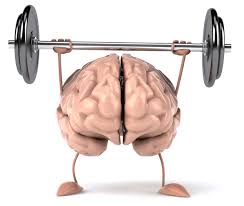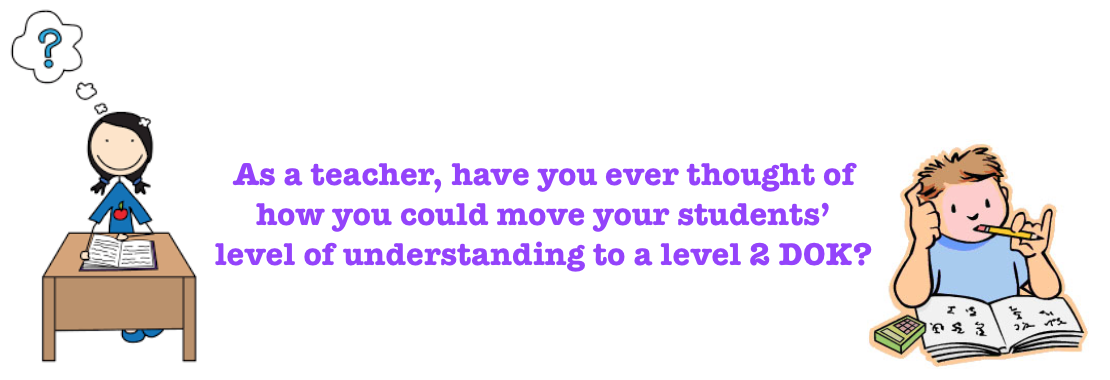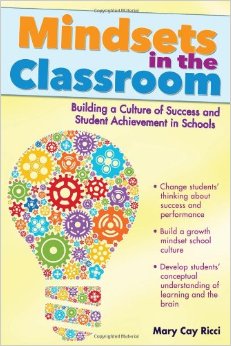This is something that often eludes me as I work through my day. Where does the time go?
One of my all-time favorite pieces on Tchers’ Voice is Sarah Brown Wessling’s blog post, A Letter to My Children: What it Means to be a Teacher. Throughout the post, Sarah shares the struggles and sacrifices that we all make as we attempt to meet the needs of not only our biological children, but also all of the smiling faces that walk through our doors every day. As a single father, coach, and teacher, this piece really hit home. Being a teacher is a balancing act. And that’s especially true if you’re a teacher leader.
Whenever I’m asked why I became an educator, my answer is short and sweet: “Because I want to change the world.” Not that I’m naïve enough to believe that my work will achieve world peace, but I have faith that there are enough like-minded souls spread throughout the globe to make a significant difference. Some of us are blessed with the opportunity to possess a leadership role within our profession. And it’s tough! Not only do we have to ensure a quality education to our own students, but we also have an obligation to provide support and resources to our colleagues.
So how do we find balance? Well, when you figure that out, please let me know!
While I do joke about it, there is truth to my previous statement. Even those of us that have lived a dual life for several years struggle at times. That being said, I’d like to share some of the lessons I’ve learned with you.
Classroom First
Even though I may wear multiple hats, my greatest daily professional responsibility is to the young people that enter my classroom every day. While it may not be the most glamorous aspect of my workday, their future is, in small part, directly in my hands. My 80 13-year-olds have faith that I’m going to bring my A game every day, regardless of last evening’s webinar or this afternoon’s board presentation. I’m a teacher first, a “leader” second.
Myopic vs. Global View
My first personal conversation with Sarah Brown Wessling centered on what it meant to be a Teaching Channel Laureate. I had to accept that I would have a direct impact on fewer students throughout the day as I’d have other responsibilities. However, she also mentioned that if I was a successful teacher leader, I would indirectly impact an exponential number of students outside of my classroom. There is a trade off.
Smart Scheduling
During my first year as a Laureate, I tried to see 120 students every other day. On my “off” day, a cooperating teacher was with the students. It proved to be horribly inefficient and forced me to creatively look at how I could maximize my time as a classroom instructor. I worked with the counselor to build a schedule that allows for me to see four groups of students every day. I come to school, teach four consecutive periods (no prep plan or lunch), and then work on external projects for the remainder of the day.
Technology Is Your Friend
Using an online classroom in conjunction with your brick and mortar classroom is an awesome way of remaining in touch with your students. In the past, I used Moodle to collaborate with my middle school students. Today, I use a variety of Google Apps to collaborate with my classes in real-time when I’m away from school. My students aren’t left dangling in the wind and I’m reassured that things are good back home.
Classroom Content: Leverage One Against The Other
As you find and/or develop tools for other educators to use within their learning spaces, don’t forget to keep your own classroom in mind. As a teacher leader, you have likely had additional training, as well as time to explore curriculum, practices, and other resources that apply to your own setting. Develop a system to catalogue these resources for later use.
Networking: Leverage One Against The Other
Once you have a title or have worked on a couple of projects, people will come out of the woodwork seeking to speak to you, especially if you choose to utilize professional networking websites, like LinkedIn. While many are looking for a sale, some are looking for an opportunity to partner on a project. See my blog post “Shifting Your Professional Network into the 21st Century,” to learn more about some wonderful opportunities that have come my way as a result of networking.
Find Time To Be A Lifelong Learner
I’ve been blessed with the opportunity to lead quite a few professional development experiences over the past few years. While this is great and I’ve had many wonderful workshops, I’ve found it difficult to make time for my own PD. To help mitigate this deficiency, I’ve developed a skill of opening up part of each workshop so the participants have an opportunity to share out on a given topic. Not only do their ideas help my thoughts evolve, but the teachers participating share exemplar resources that I note for exploration at a later date. Additionally, learn to take advantage of your position. Leverage your role within the educational system to open the door for amazing opportunities. See my blog post “Prepare for NGSS: Immerse Yourself in Authentic Science Research,” to learn more about potential avenues for high quality professional development.
As always, I’d love to hear about your experiences as a teacher leader. If you have any questions, suggestions, tips, or tricks, please feel free to post them below.
I’m looking forward to “getting better together.”
Tom Jenkins teaches both middle school science and STEM in Enon, Ohio. He is a NASA SOFIA Airborne Astronomy Ambassador, Manager of Special Projects at the Dayton Regional STEM Center, and is the Boeing Science Teacher Laureate for Teaching Channel.




 New teachers are generally stressed about JPAS. Here are some ideas that will help.
New teachers are generally stressed about JPAS. Here are some ideas that will help.
